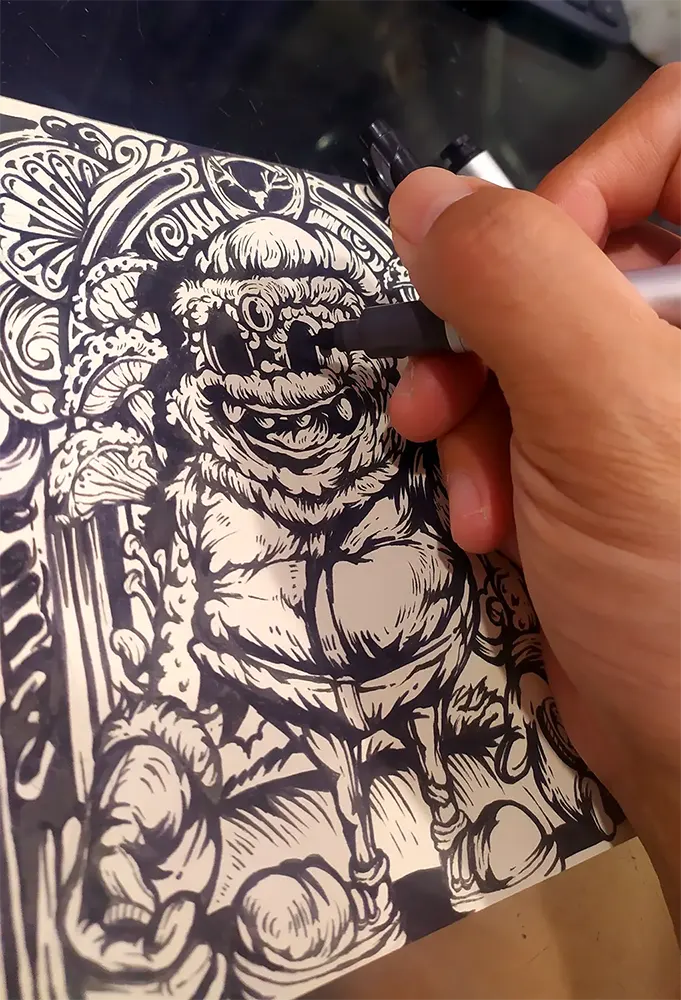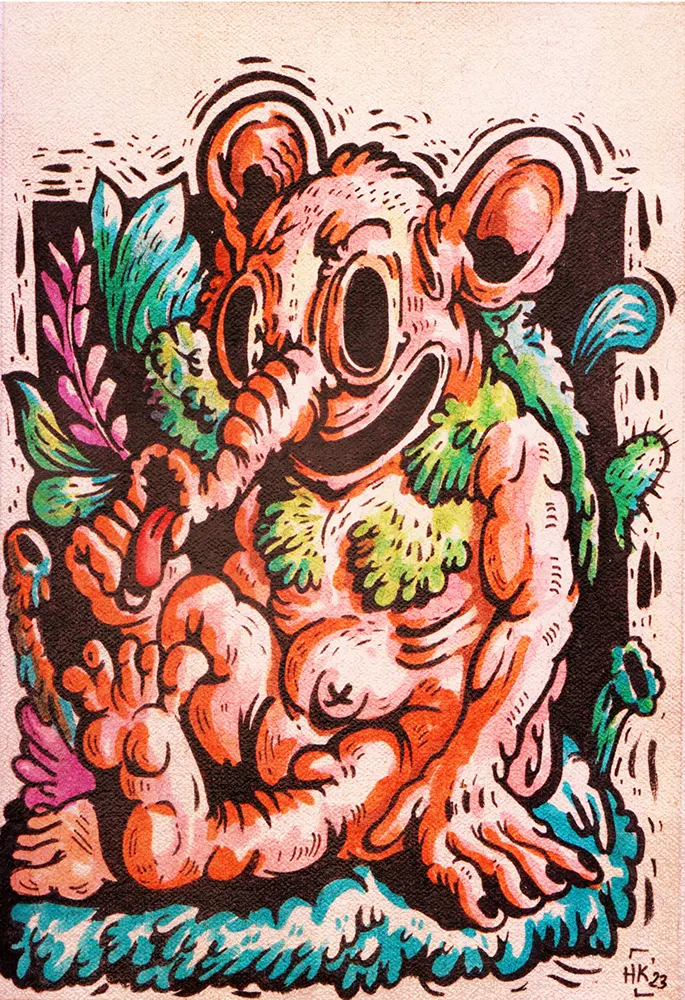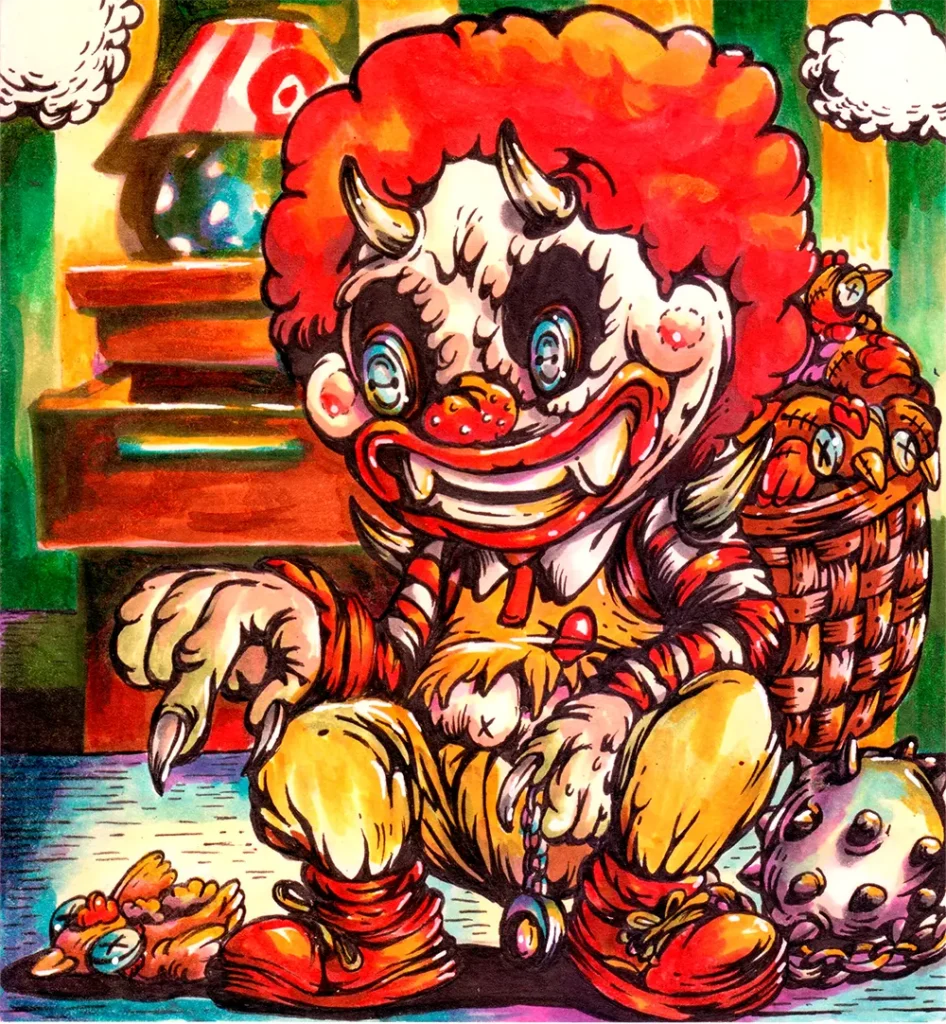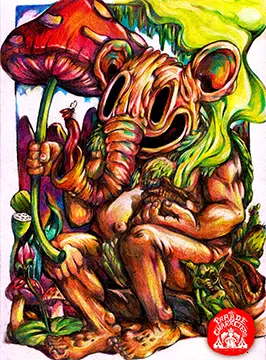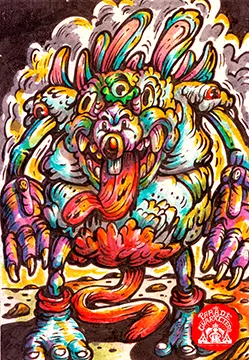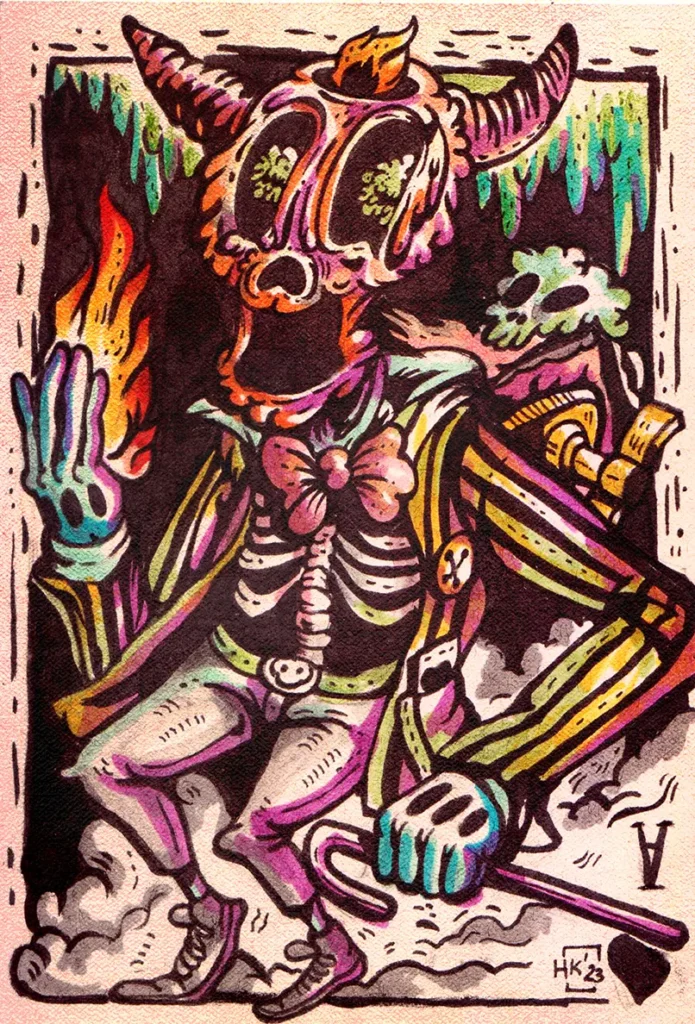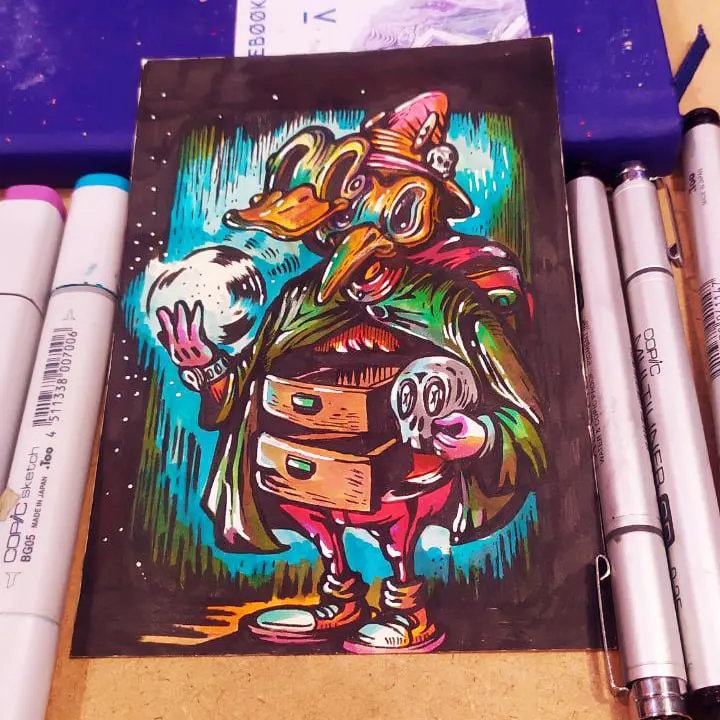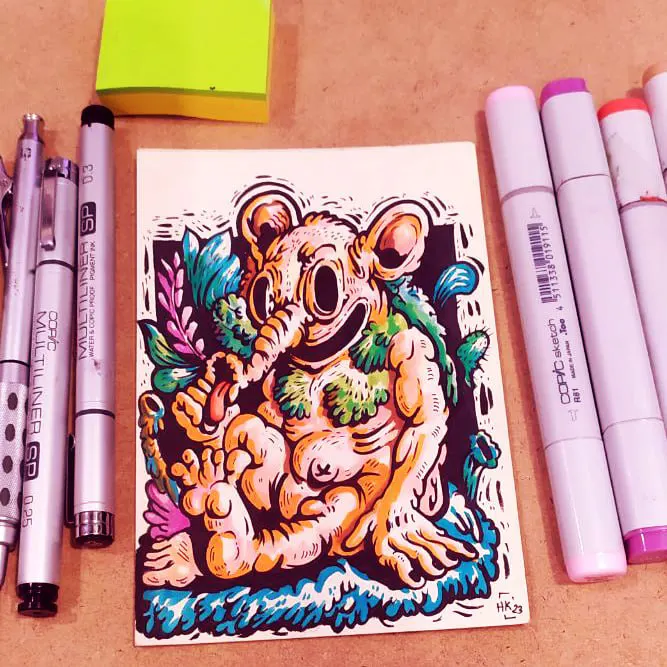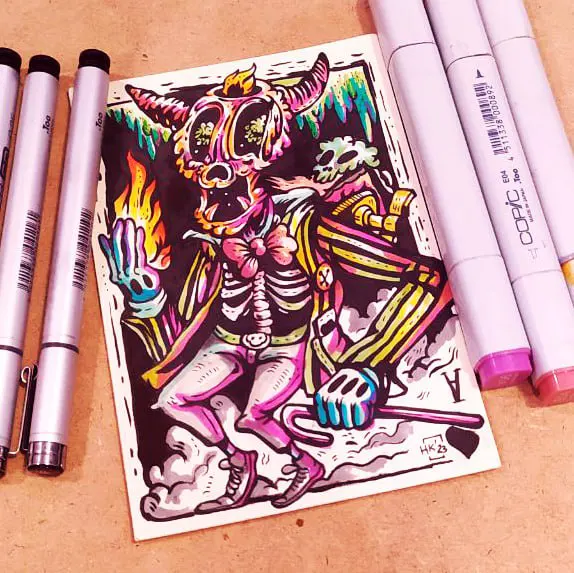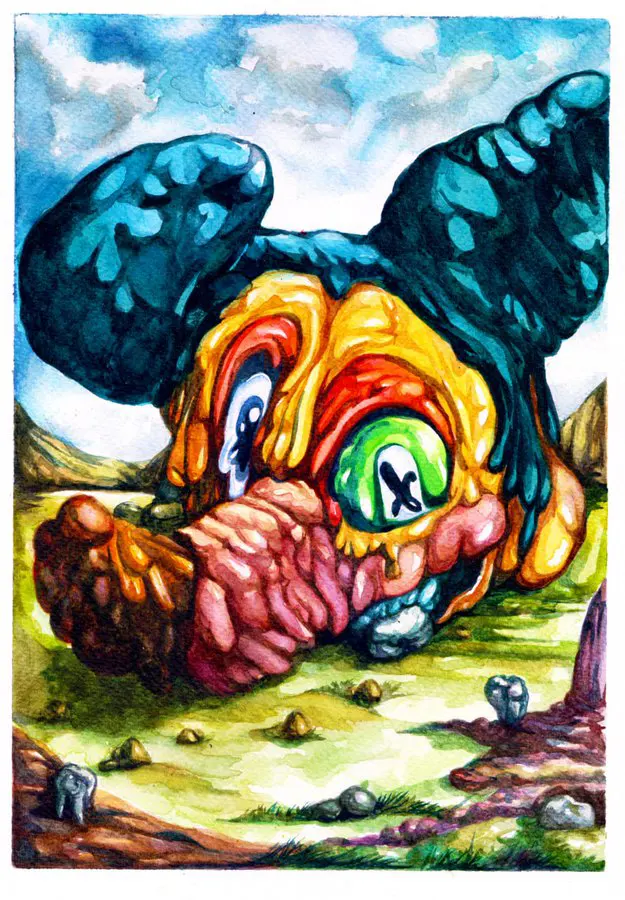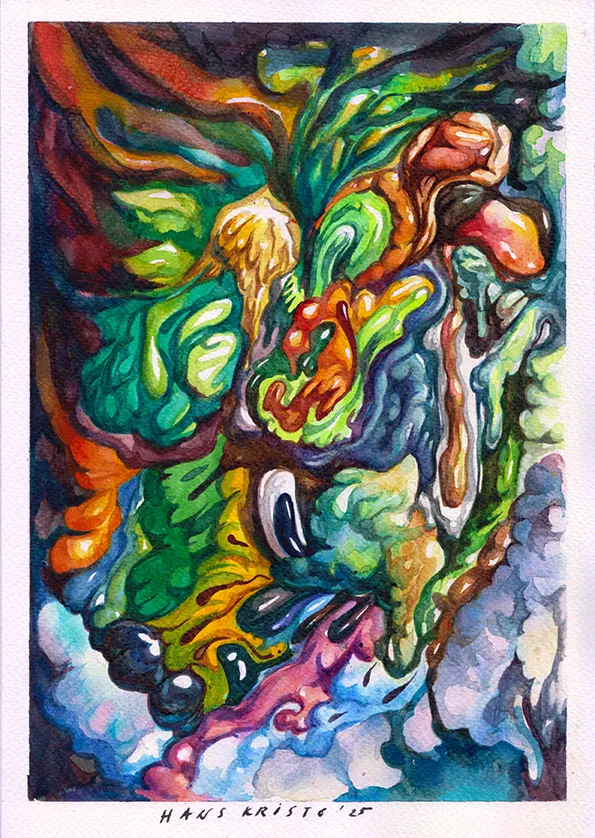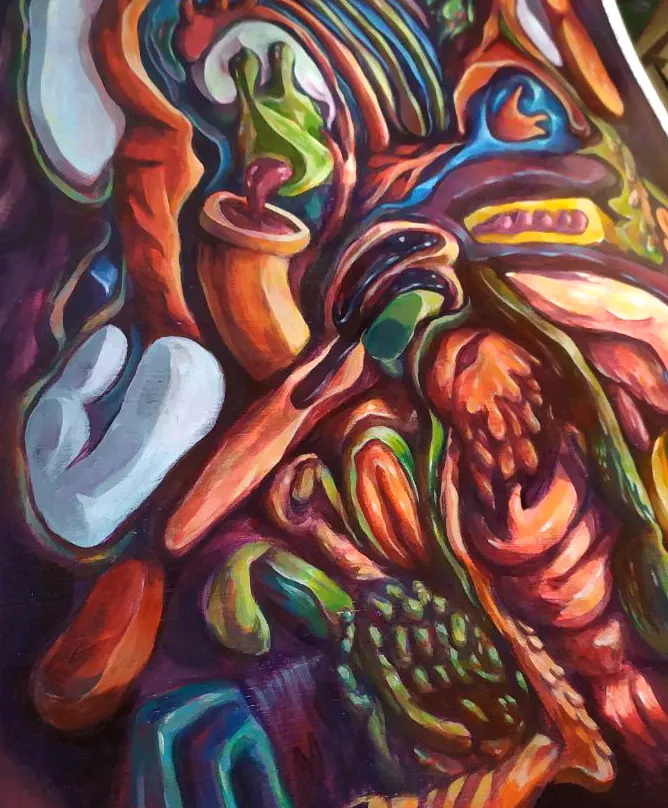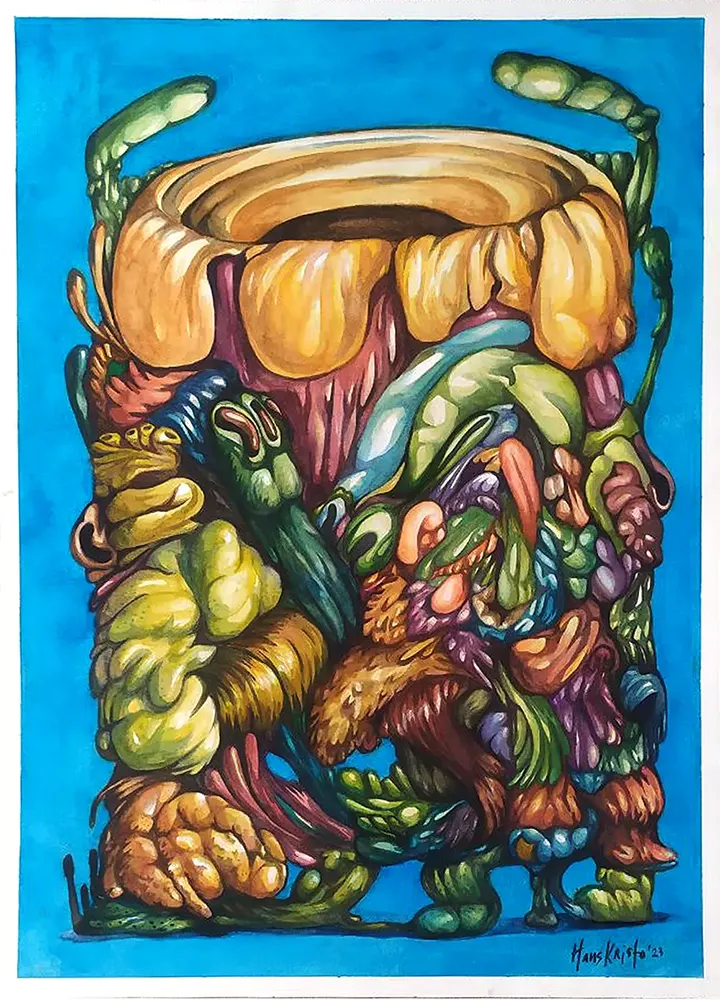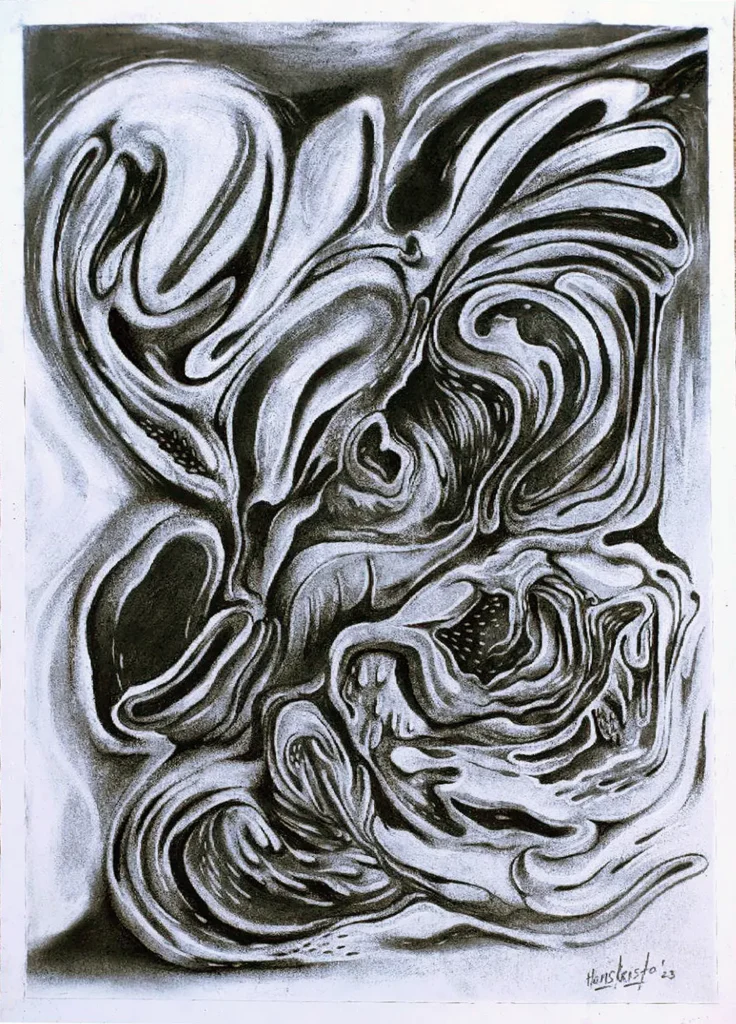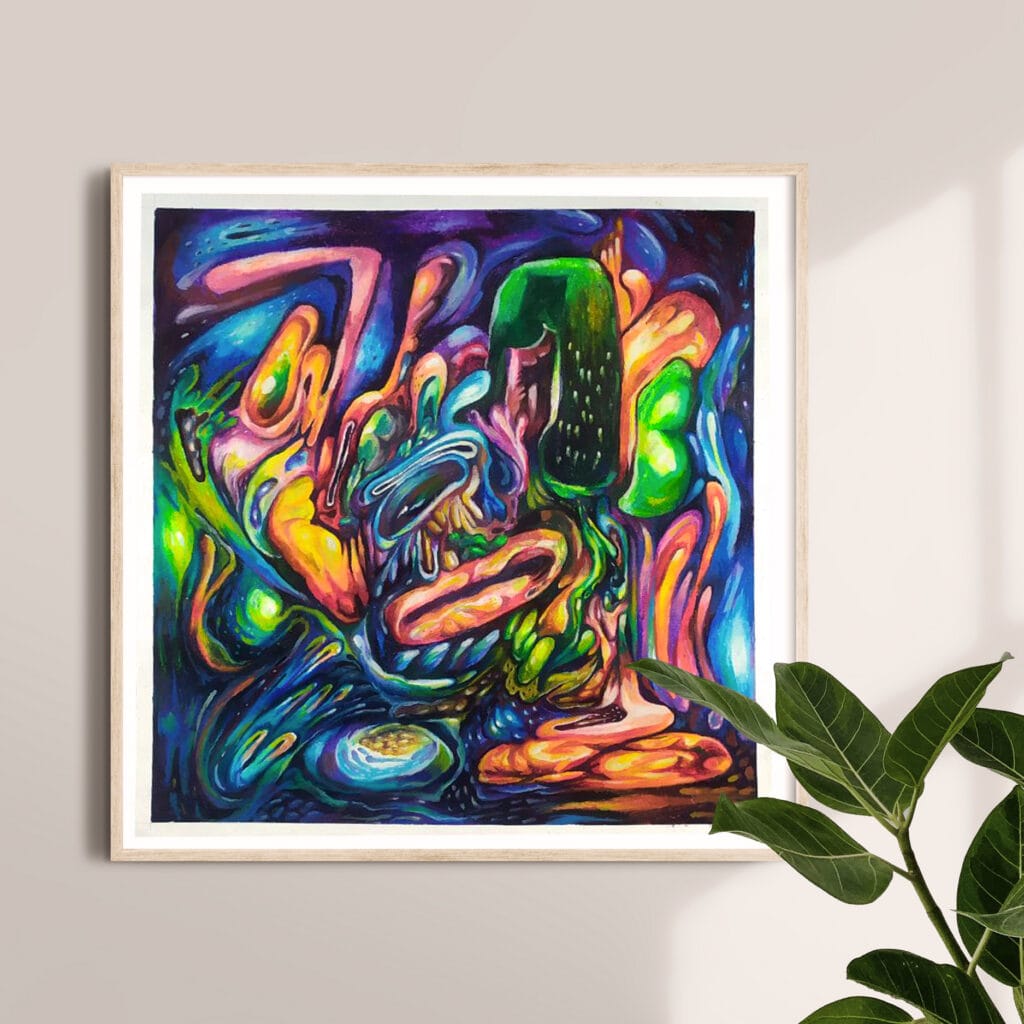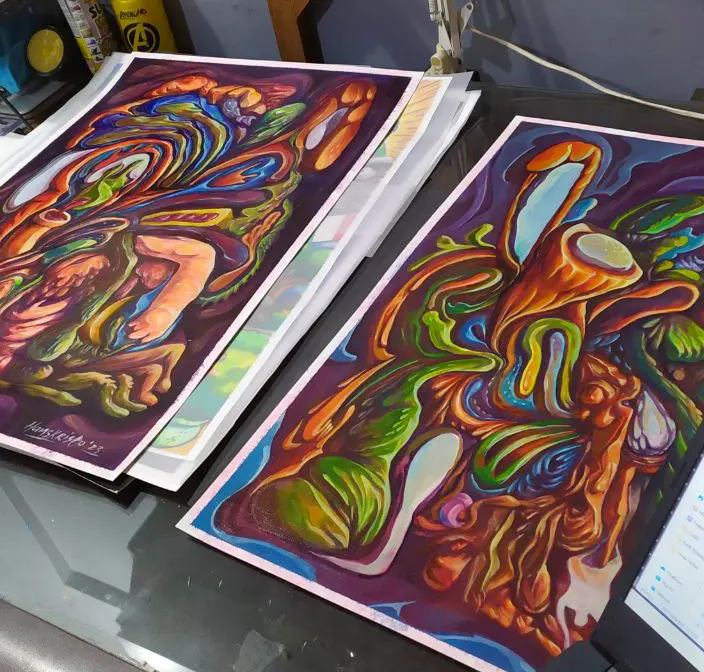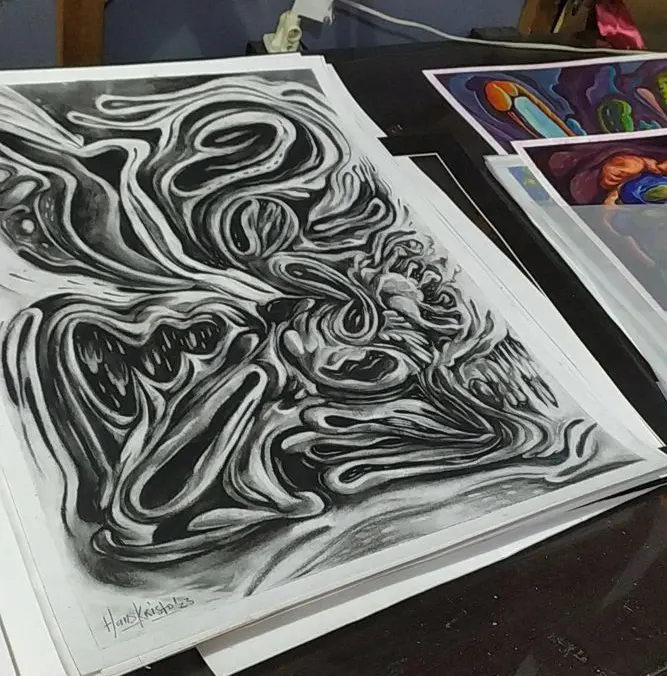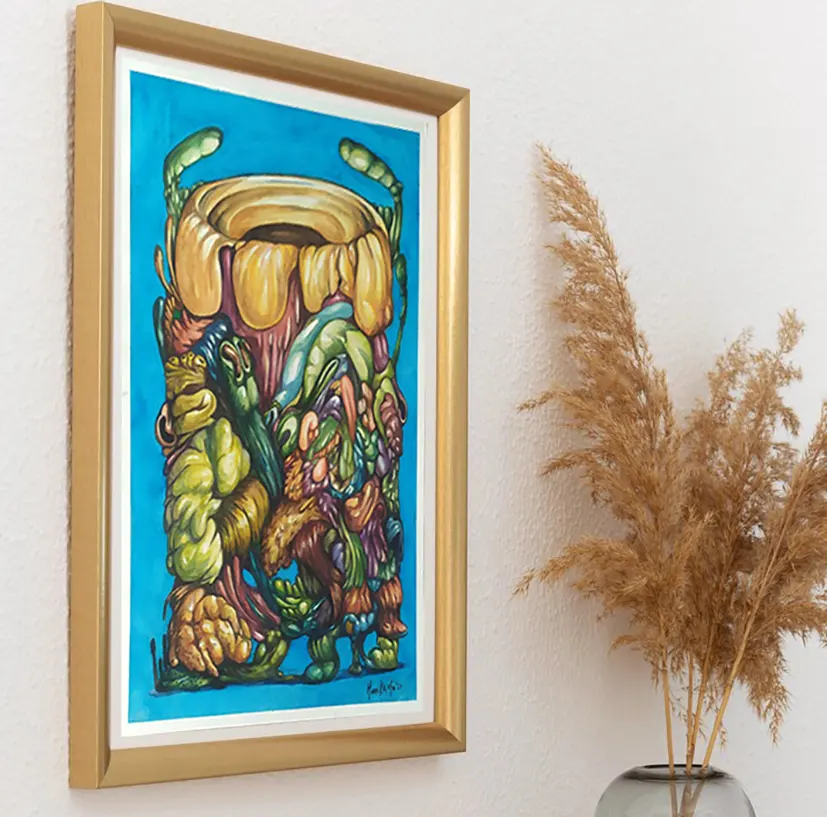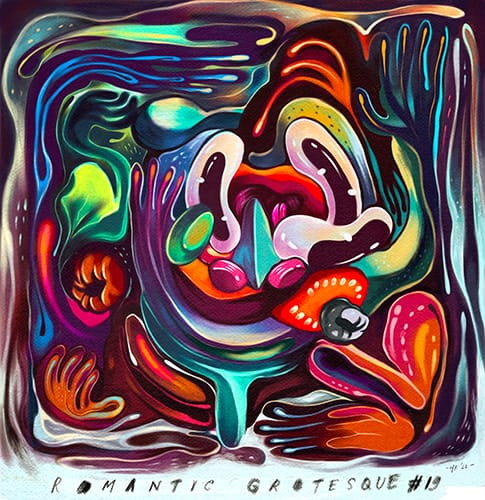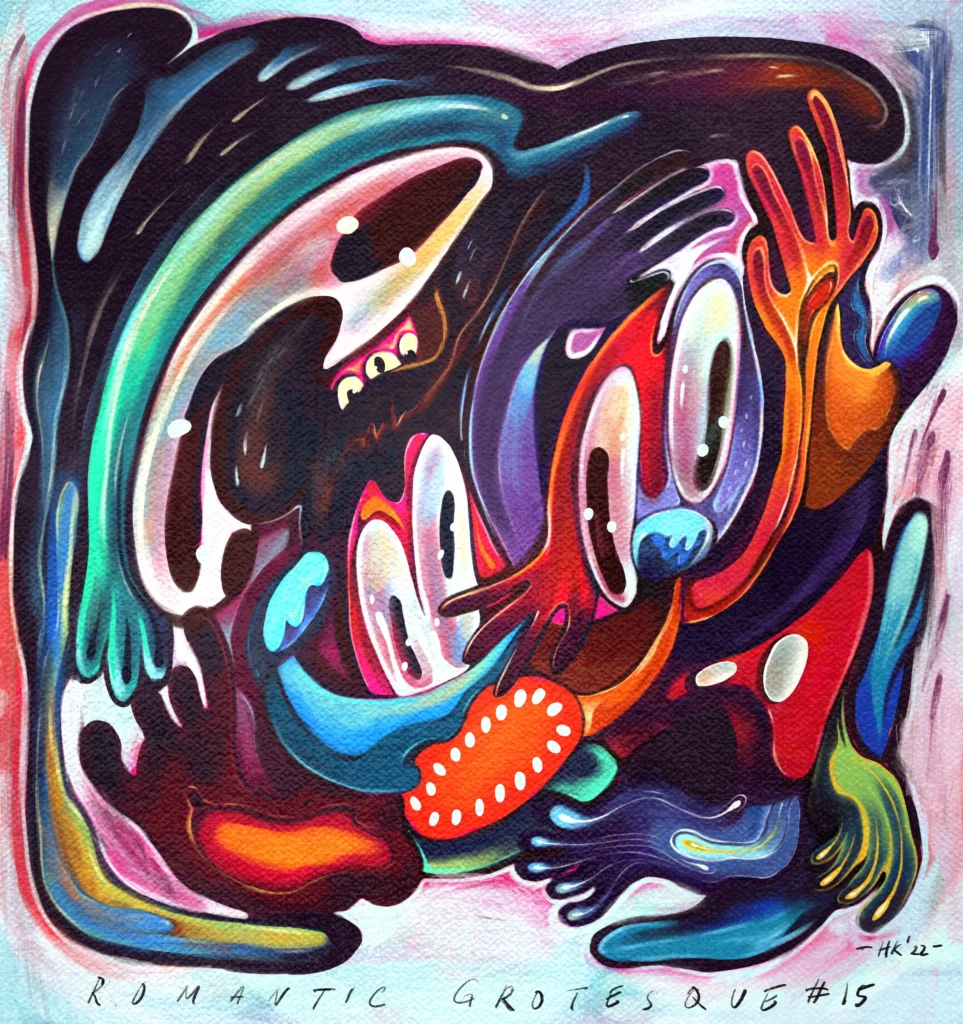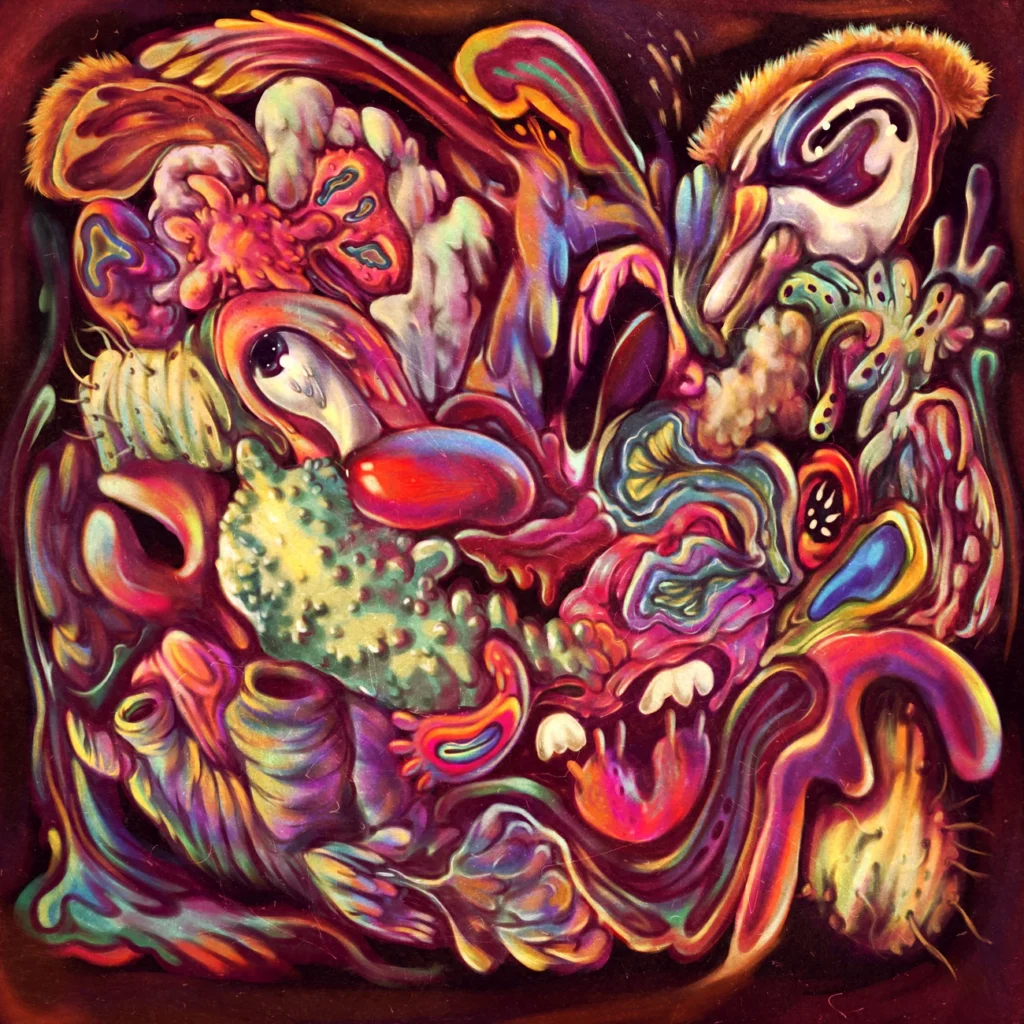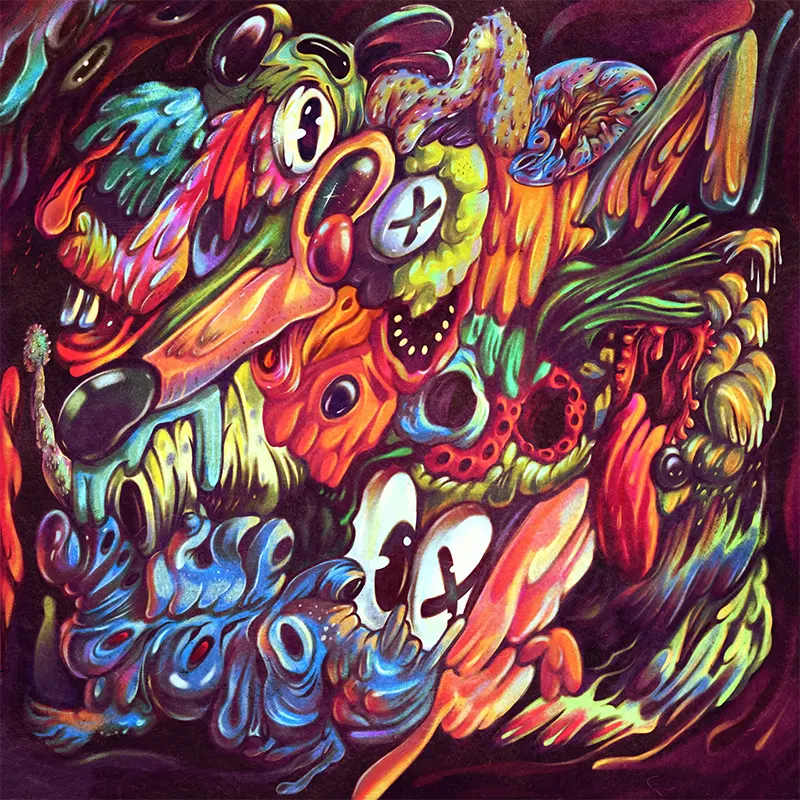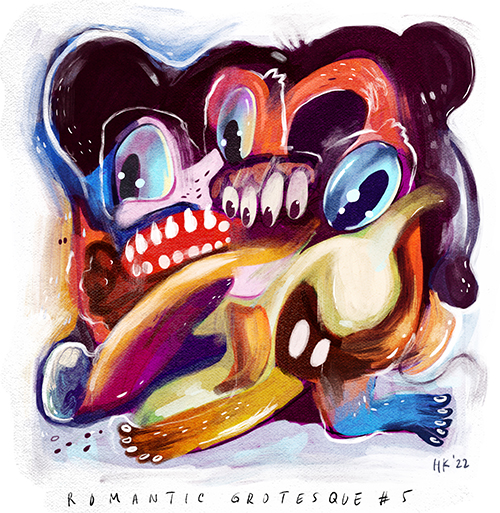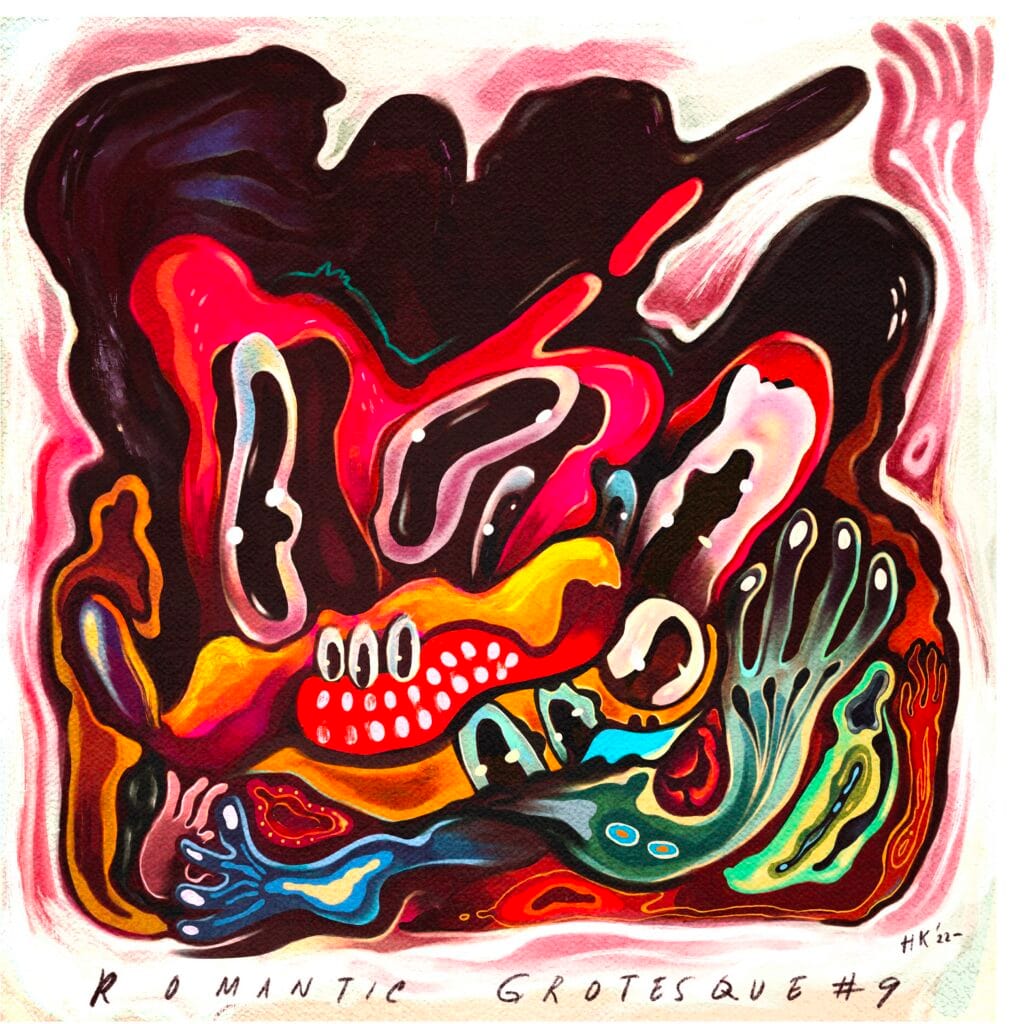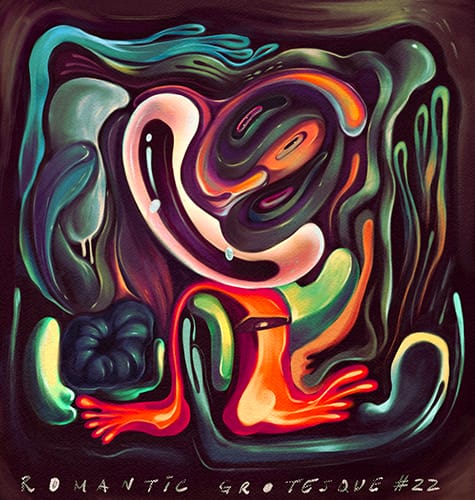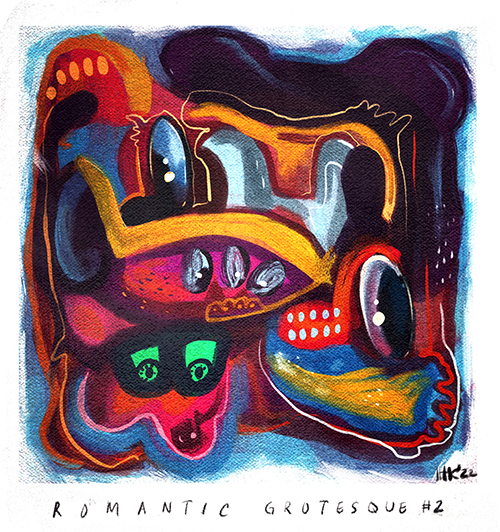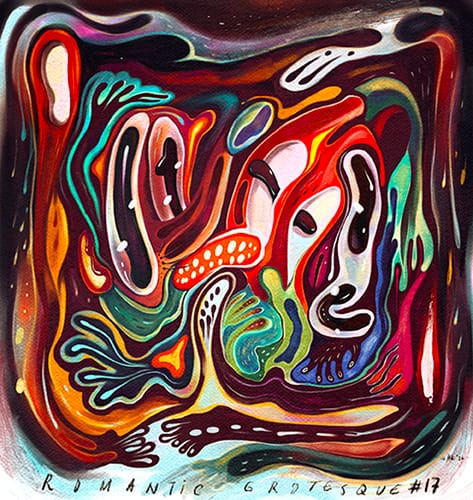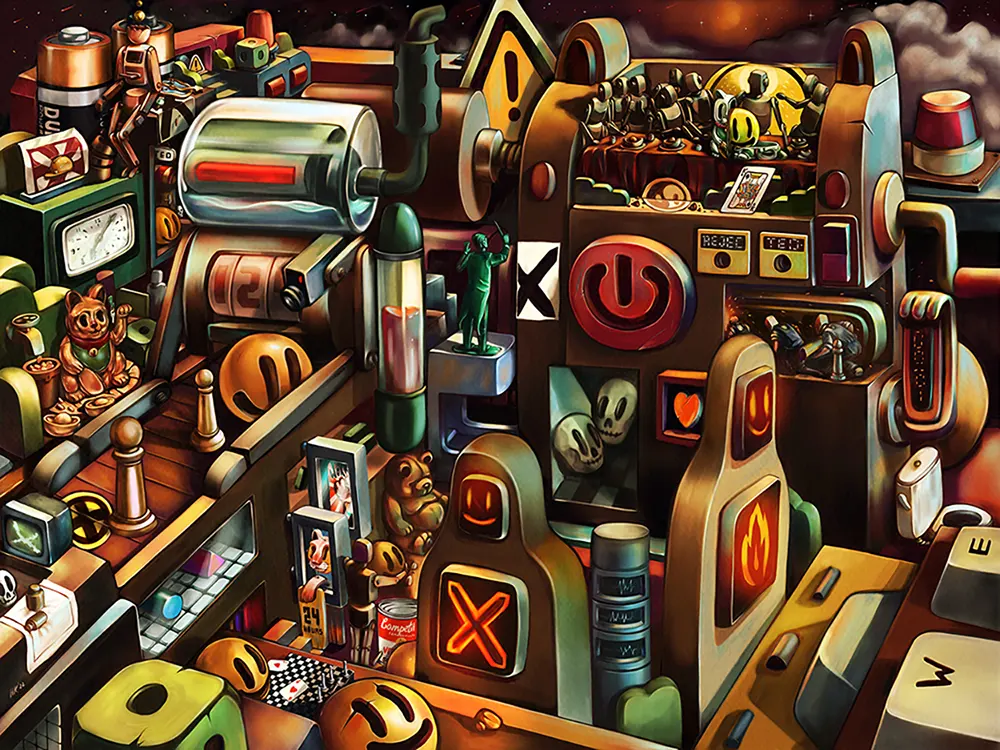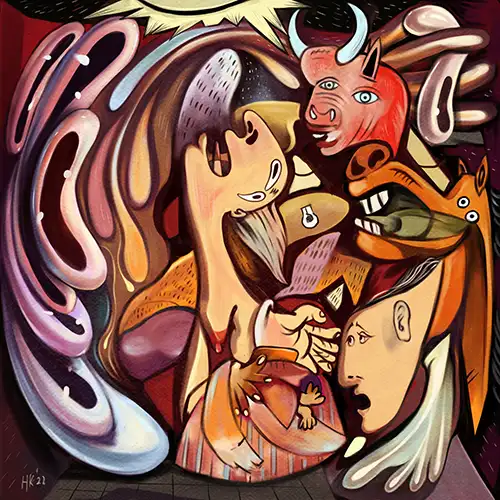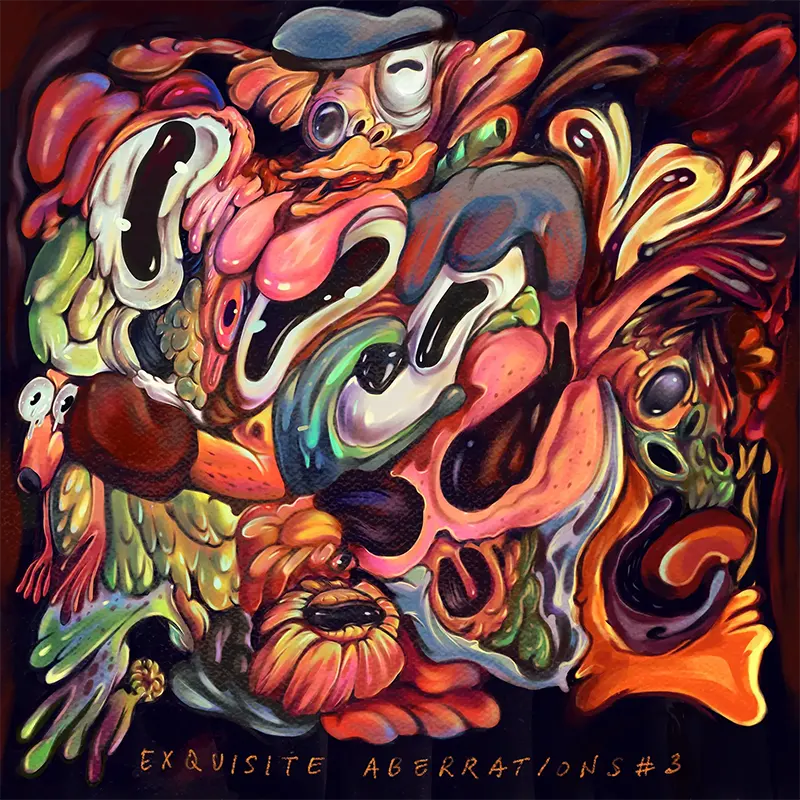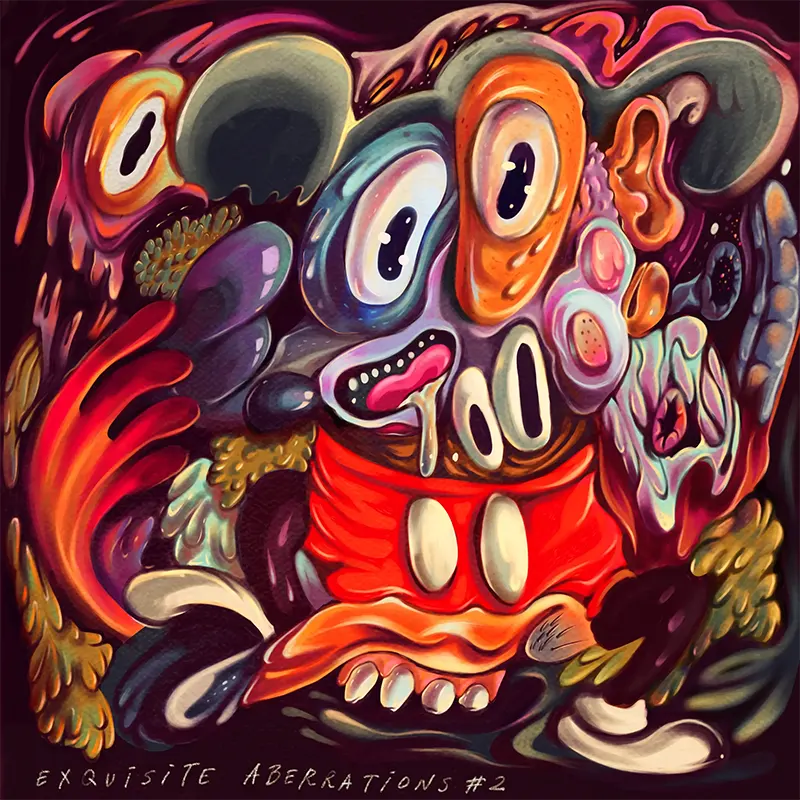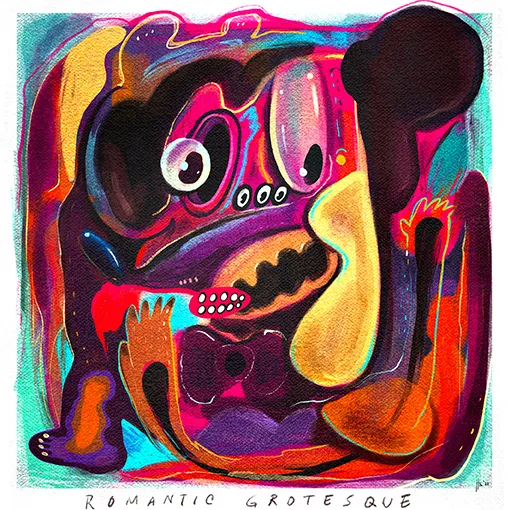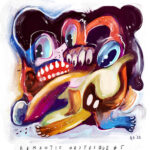
8 Captivating and Powerful Reasons Young Art Collectors Are Transforming the Art World — From Pop Surrealism to AI Art
Pop Surrealism has become one of the most fascinating movements in contemporary art, suddenly flourishing across social media and conventional galleries. One of the answers lies with young art collectors—a new generation bold enough to buy, collect, and embrace art as part of their identity. This trend has surged in recent years, reshaping how contemporary art is valued and discussed, driven by diverse tastes, motivations, and economic backgrounds.
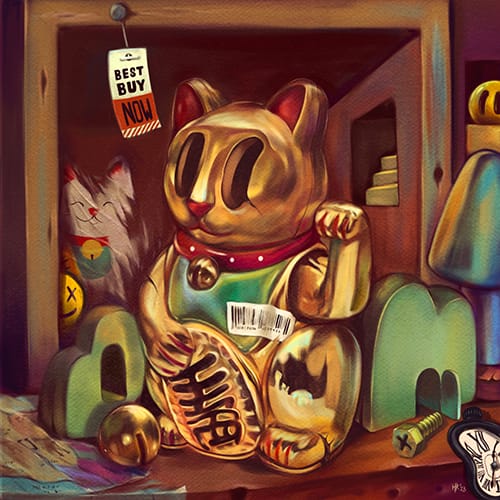
Young Art Collectors: The Role of Economic Background
The enthusiasm for collecting art does not appear out of nowhere. There is an important factor that supports it—economic background. Many young art collectors are now increasingly aware of art as both a cultural and financial investment. By purchasing a work, they are not only acquiring a visual object but also creating a space for dialogue with emotions, while at the same time discovering self-reflection through personal sensibilities.
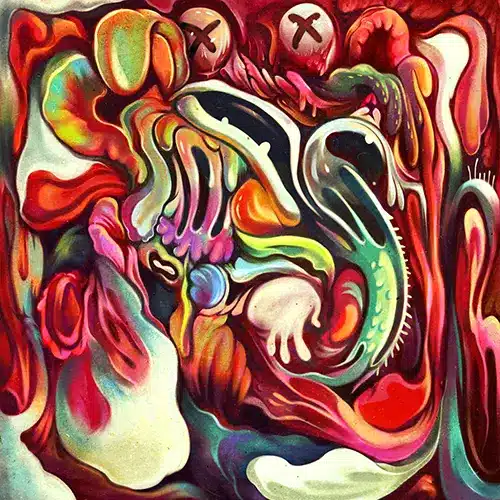
Taste, Sensibility, and the Character of Collectors
Taste cannot be separated from background and life experience, both for artists and for collectors. Many collectors buy works that follow a certain thread, making their collections a reflection of their personal character. As in the broader world of contemporary art, taste becomes a mirror of identity. There is a saying often believed: “If you want to know who someone is, look at what they collect.” This idea also resonates with how different art mediums reveal hidden layers of beauty in contemporary art, shaping both the artist’s expression and the collector’s perception.
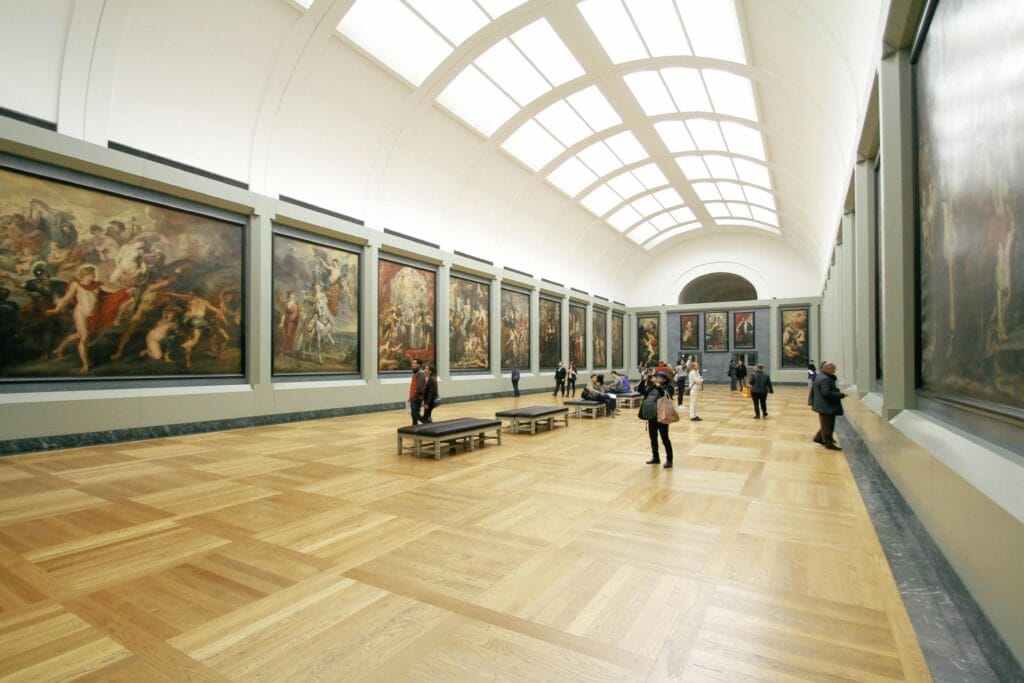
Trends in How Collectors Build Their Art Collections
1. Visual
Some collectors build their collections based on very specific visuals—whether focused on particular objects or broader visual groups. For example, in pop surrealism, recurring motifs such as distorted toys, surreal animals, or dreamlike figures often attract niche collectors.
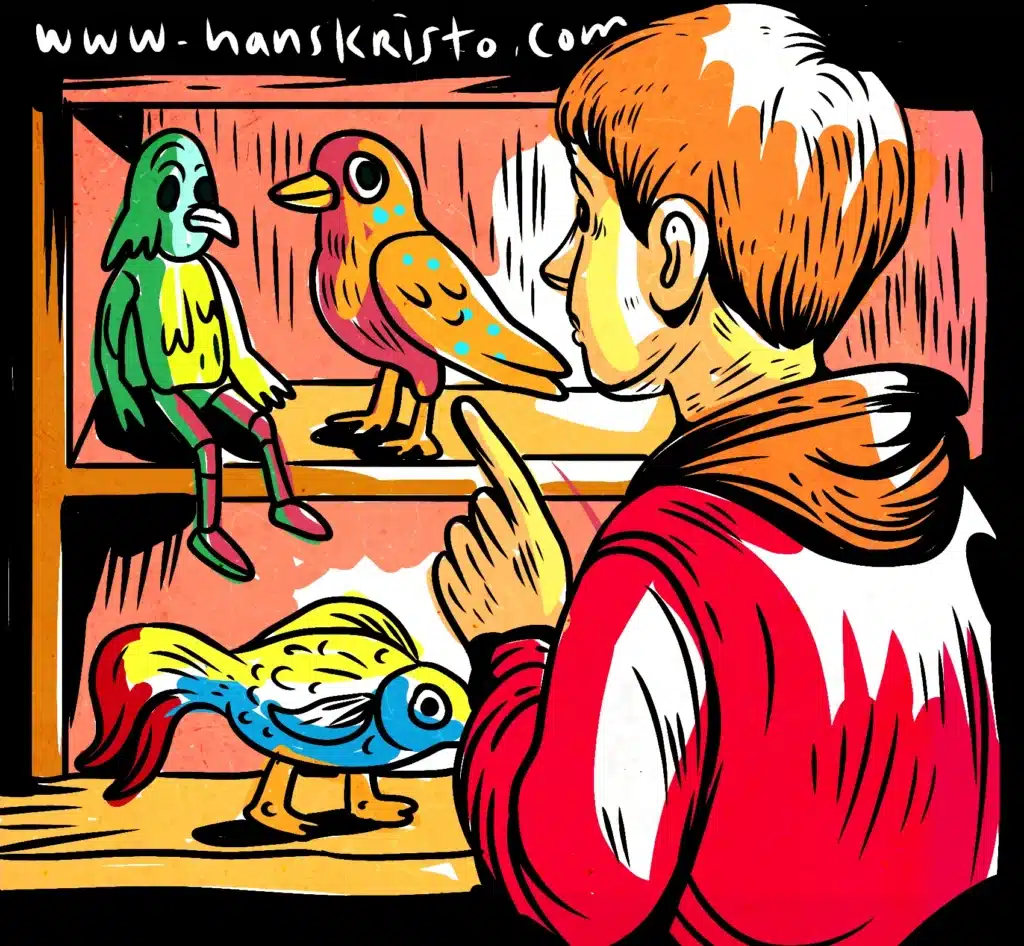
2. Color
Some collectors determine their choices based on dominant colors. For instance, they may be interested only in black-and-white and grayscale works, or, on the contrary, in certain color groups such as warm, tropical, or pastel tones.

3. Theme and Concept
Theme is one of the most common factors. Collectors often look for works that align with their personal stories or experiences. This is also seen in contemporary art trends where themes of nostalgia, digital culture, and identity politics strongly resonate with younger audiences.

4. Style
Artistic style also acts as a magnet. Some collectors only gather works in specific styles: street art, cubism, pop surrealism, or lowbrow art. These subcultures within contemporary art are becoming increasingly visible because of young collectors’ influence.
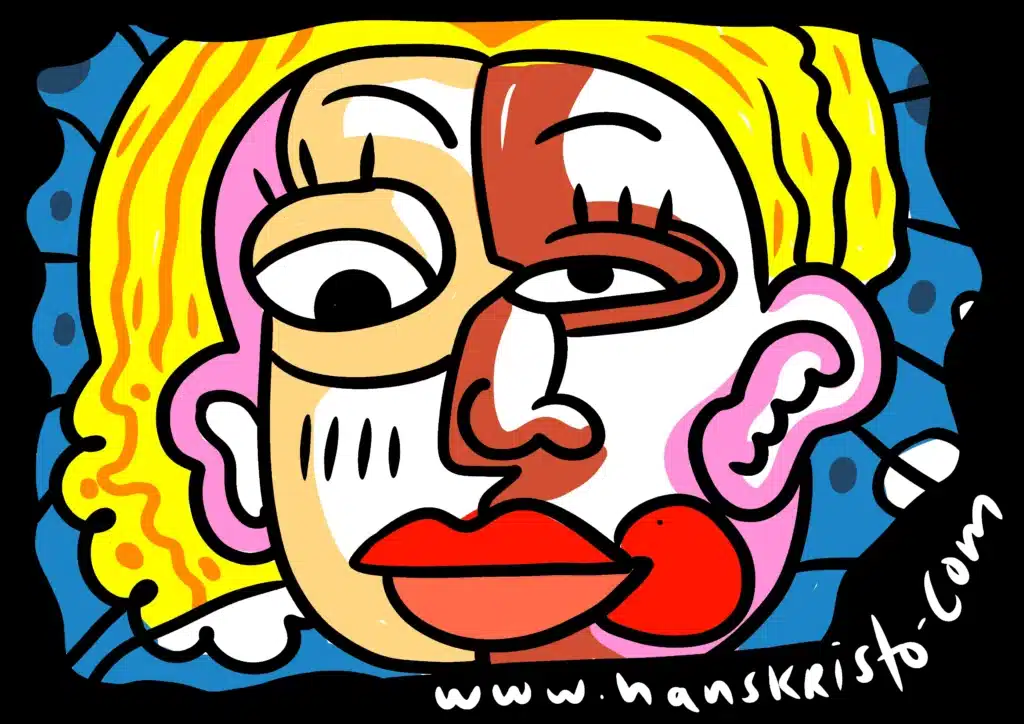
5. Timeframe and Art Map
Although more specific, some collectors build their collections around a particular era. The purpose is usually to better understand the artists of that time while also preserving a piece of art history.
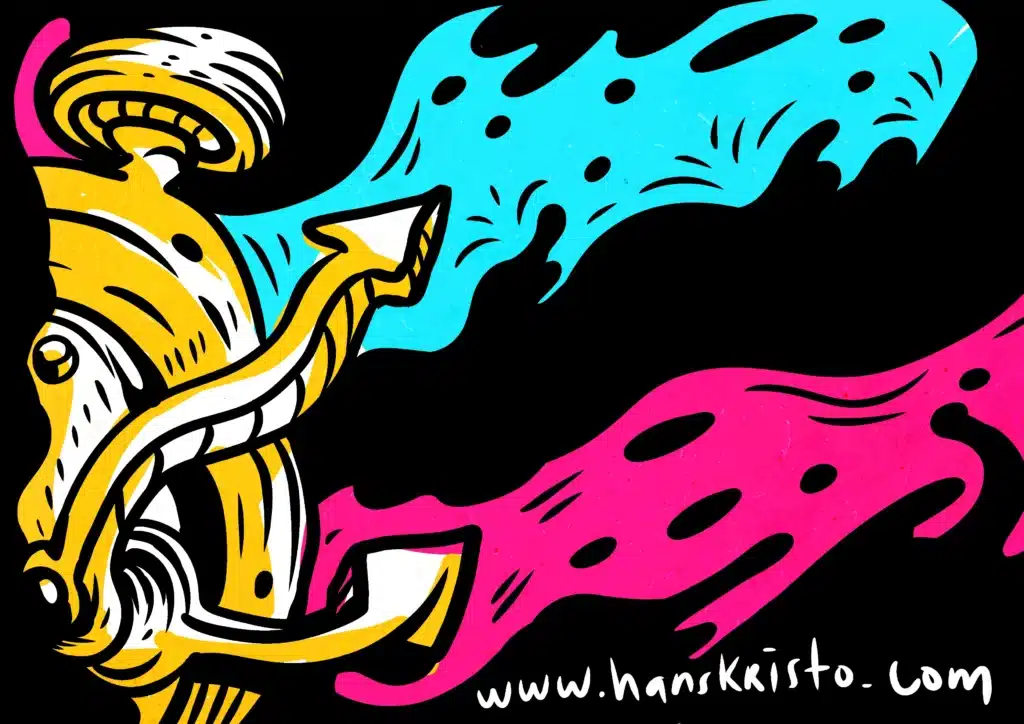
6. Personal Factor
A personal relationship with the artist is often a key reason. These collectors want to know the artist more closely, creating an emotional bond that strengthens their connection to the work. This personal factor is often mentioned in guides on how to find art collectors, since relationships and trust remain central in the art market.

7. Investment
For some collectors, the economic factor remains important. They view artworks as assets that may increase in value in the future. Art investment is now a key motivation not only for established buyers but also for emerging young art collectors entering the contemporary art market.
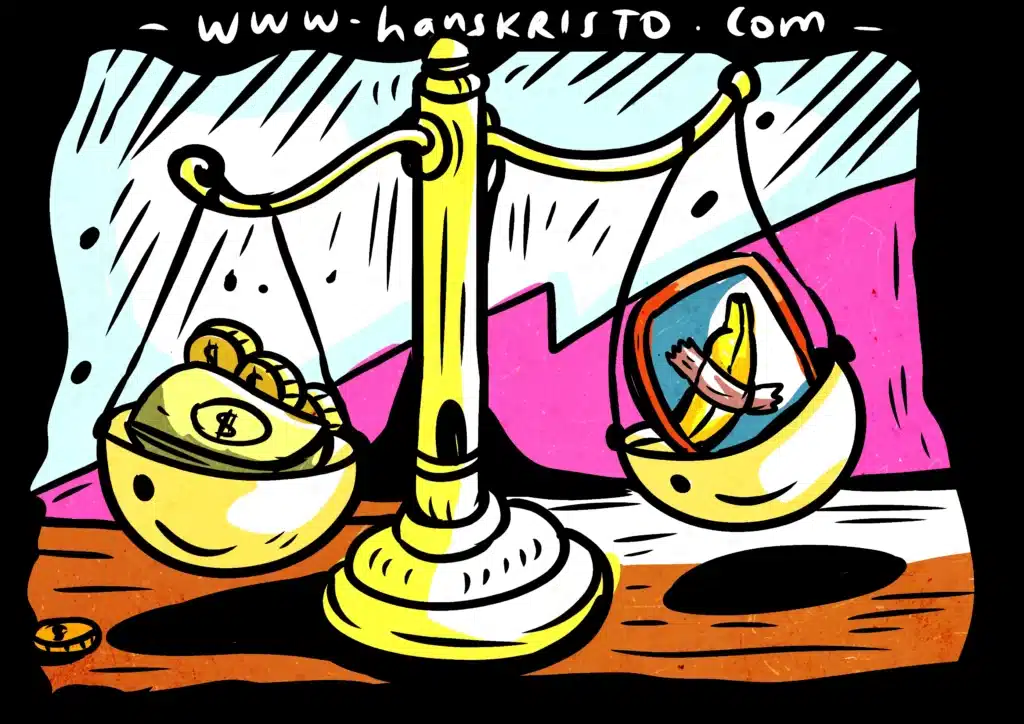
8. Spirit of the Times
There are also collectors who collect to represent the zeitgeist—the spirit of the times. A recent example is the trend of AI artworks, which have begun to attract collectors because they are seen as recording an important moment in the development of technology and contemporary art.

Conclusion
The motives for collecting art are never singular. Visuals, themes, investment, and even the spirit of the times often intertwine. This diversity reflects both the richness of contemporary art and the dynamic role of young art collectors. The more collectors there are with different backgrounds and preferences, the more art artifacts are preserved, while also creating a cultural footprint for future generations. In today’s digital landscape, this role is further expanded by the rise of Web3, where artists selling art online highlights how new platforms open promising shifts for the entire art ecosystem.
The question is: which factor most influences your choice in collecting art—visuals, style, or the broader trends shaping contemporary art today?
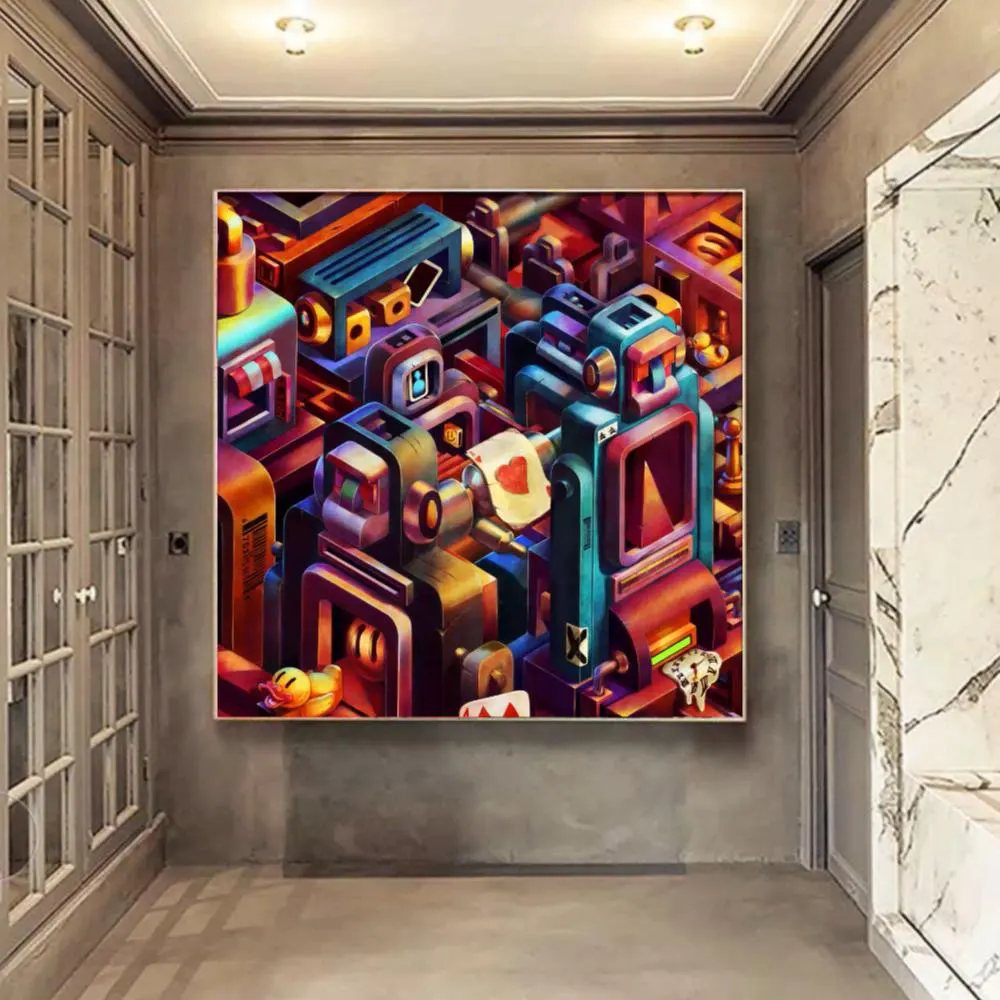
About The Author
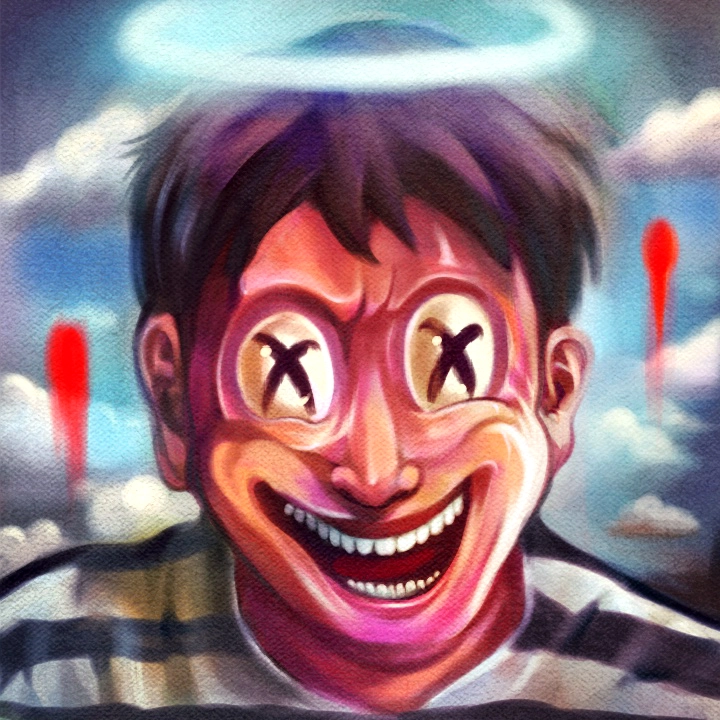
For Hans Kristo, art is an endless process. As a Pop Surrealism artist currently based in Indonesia, he draws inspiration from Southeast Asian culture, which he merges with global popular ideas. In each of his works, Hans uses metaphor as a visual language to convey deeper meaning. Since 2005, he has remained consistent in creating by blending traditional and digital media.

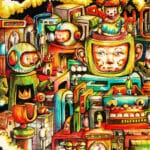
Revealing the Hidden Beauty of Art Mediums in Contemporary Art
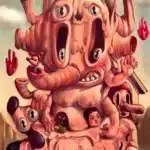
Fallen Eden – A Pop Surrealism Artwork by Hans Kristo
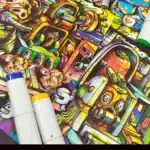
THE MECHANISM OF MADNESS: BEYOND GREED AND FEAR
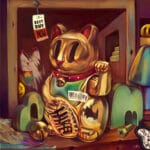
8 Captivating and Powerful Reasons Young Art Collectors Are Transforming the Art World — From Pop Surrealism to AI Art

